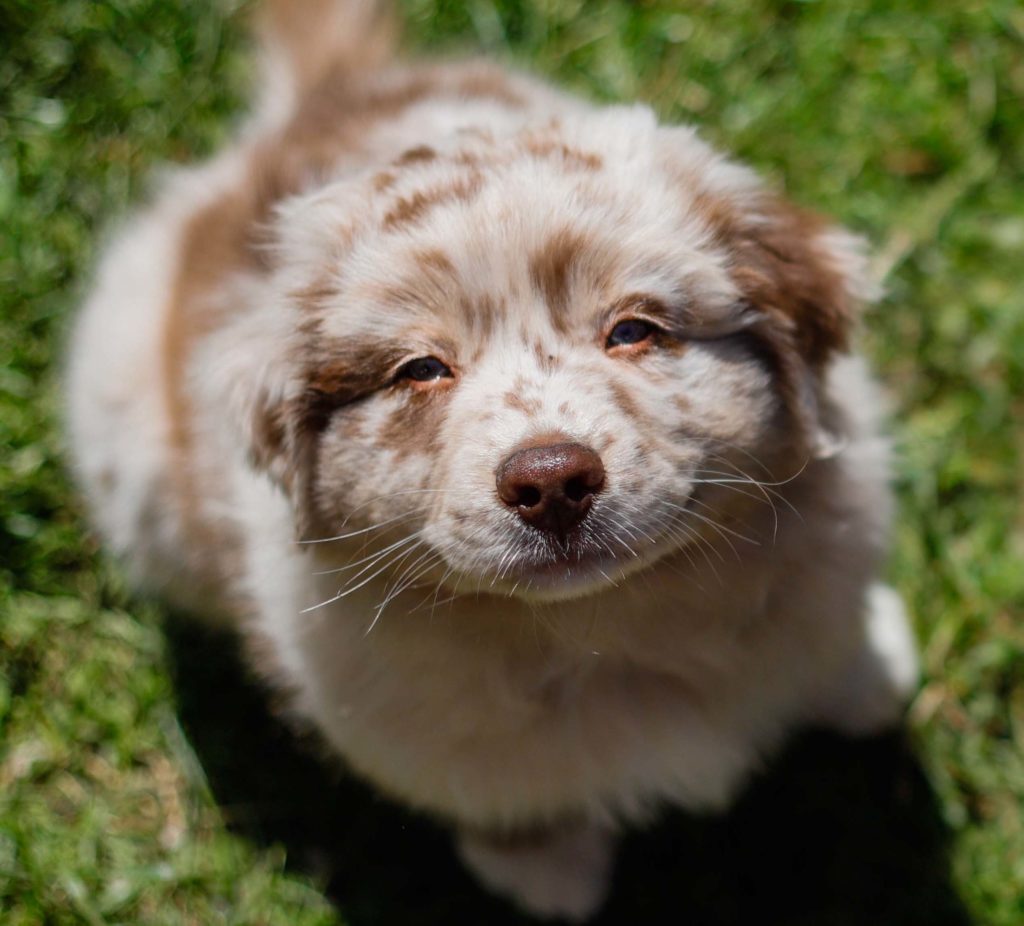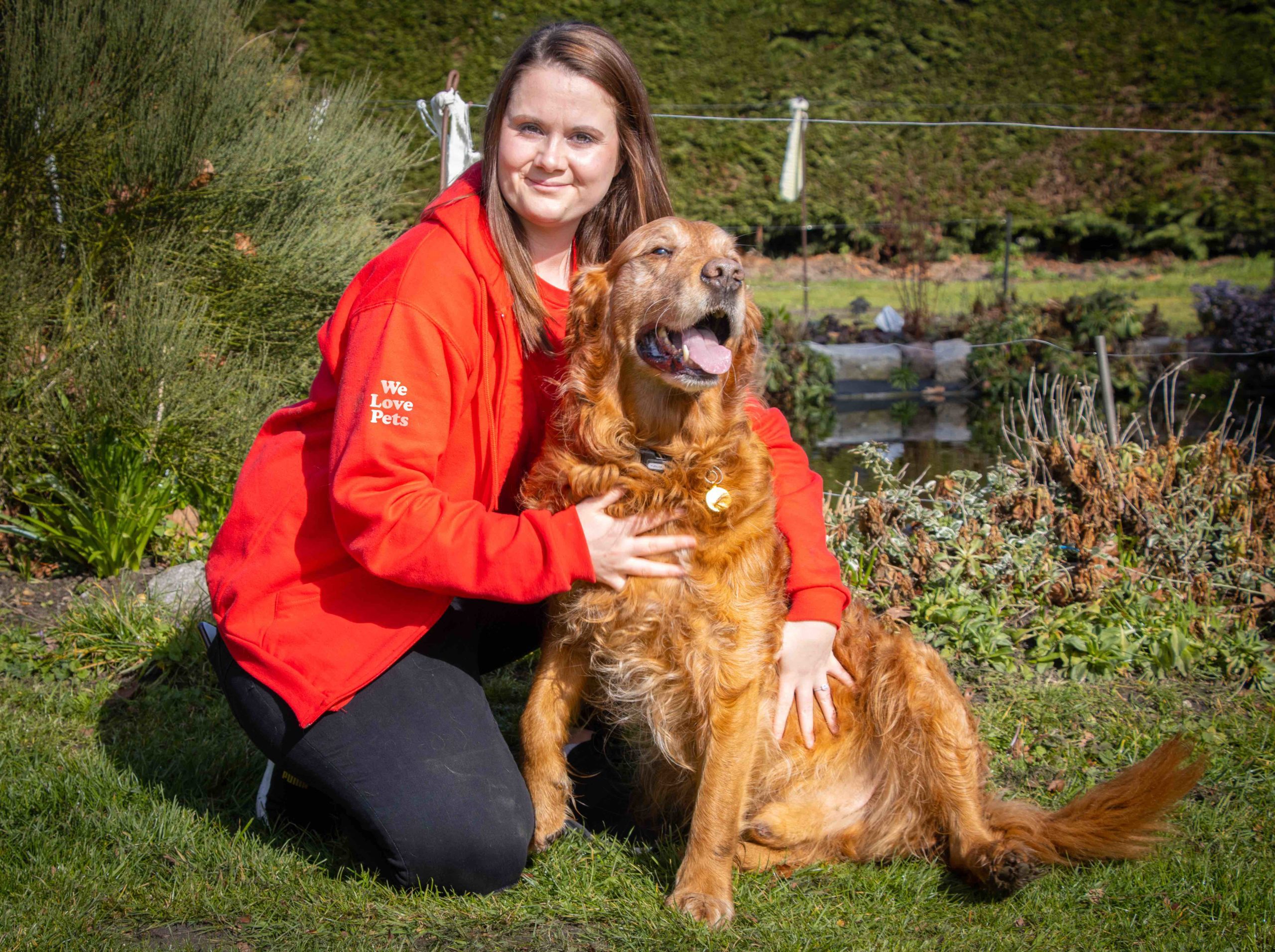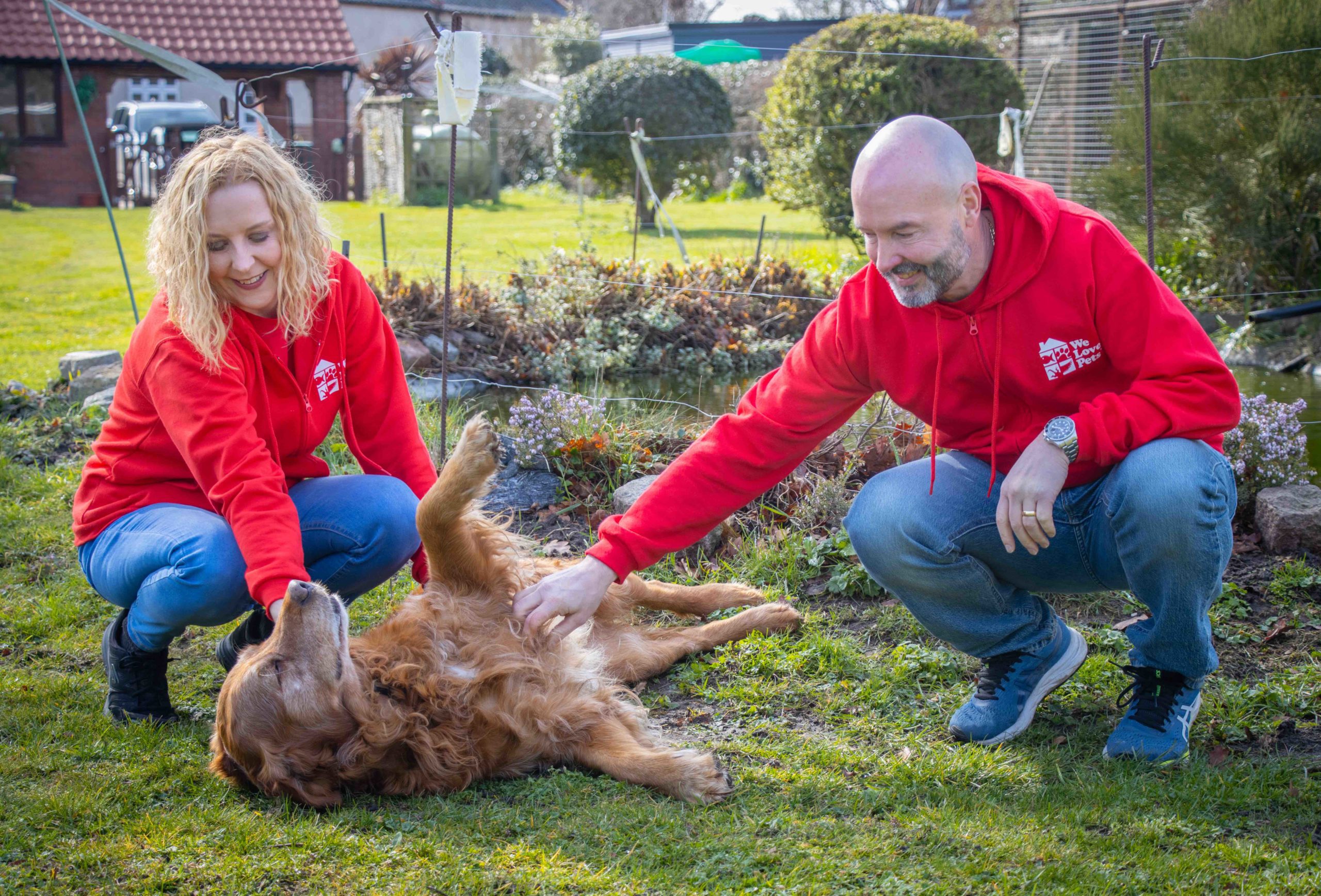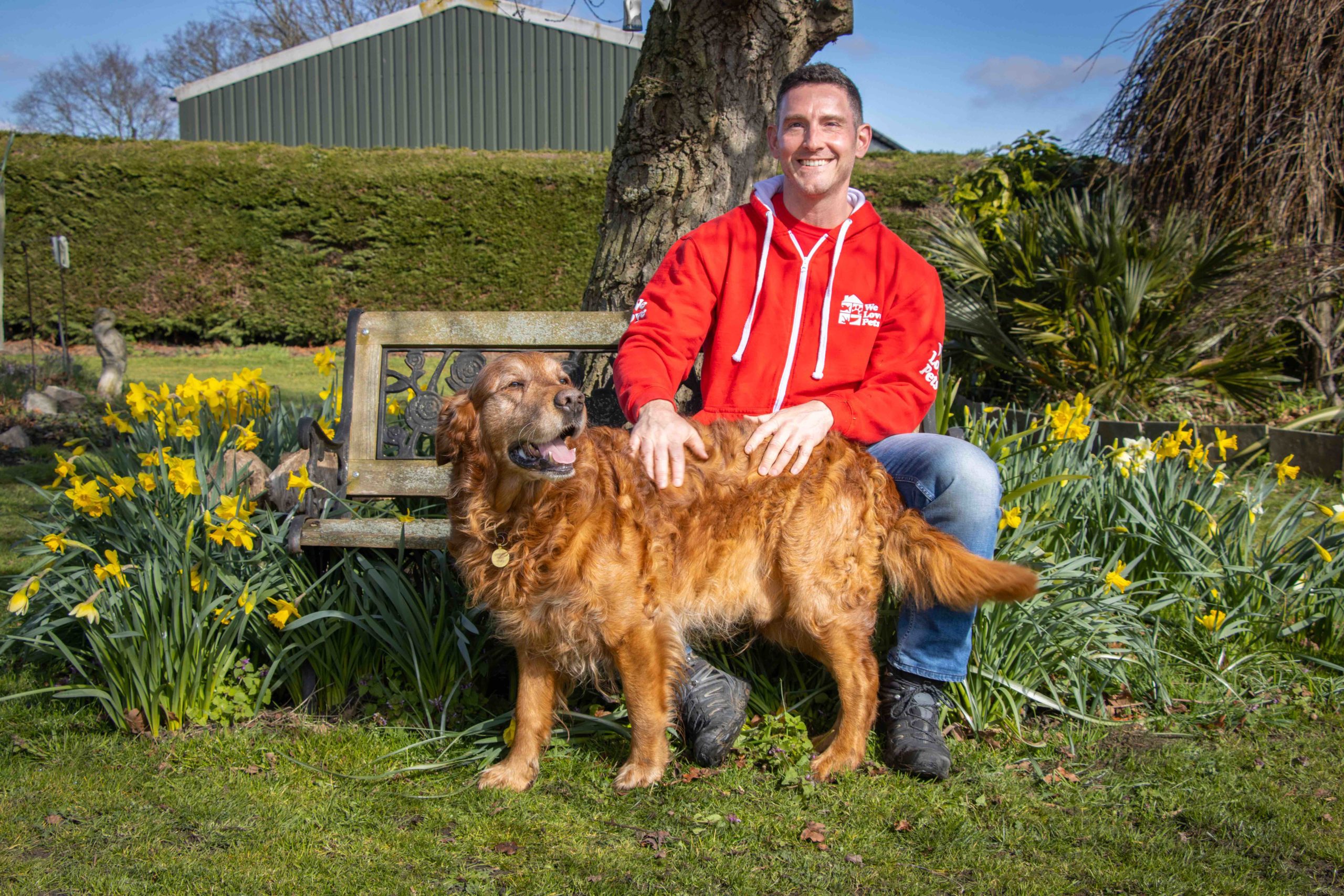First impressions are so important when bringing a new pet into the house, and a negative start could lead to terrible lifelong conflicts between animals. If your new puppy has plenty of positive interactions in their first meetings with your existing pets, they are much more likely to get along with one another.
Introducing Your Puppy to Your Dog
Preparing for their first interaction!
Dogs can get very territorial over even the smallest of things, so make sure to sort out anything that your existing dog particularly covets; toys, bones, blankets, food bowls etc. Your dog’s belongings and your puppy’s belongings should be separated so that neither of them starts to fight over personal items.
You should also make sure that other clutter is tidied up in the home so that your animals aren’t going to feel claustrophobic in a crowded area, which might make them act out due to them feeling forced together. Even if your space feels clear, you should consider the height difference; even a sofa being out into the room can make it feel enclosed down at your pet’s height.
In the weeks leading up to your pets meeting for the first time, get them used to each other’s scents with blankets or beds, so they don’t necessarily feel like they’re being introduced to a stranger when they first meet. They may well recognise the others’ scent and associate that scent with having been around them before and feel a little calmer.
Also, make sure both animals are up to date on vaccines and checked for parasites so that neither makes the other ill.
The first meet!
You should be calm throughout the entire process, no matter how it is going, because your pets will pick up on your emotions. If you feel anxious about your pets meeting, they will feel anxious and may lash out in response. Act calm and in control even if you’re not necessarily feeling it.
Consider where to make those first introductions. Your existing dog might feel particularly territorial at home, and introducing your puppy there might trigger territorial aggression. The best place is a neutral territory such as a park, where neither will experience territory aggression. An open space is excellent since there are many other stimuli that will distract your pets to some degree, and they won’t feel as trapped together as they might at home.
Bring both pets separately to the park. Ideally, ask a friend or family member to bring the puppy since your existing dog might feel a certain level of abandonment if they are brought to the park by someone else, and you show up with another puppy. You don’t want your existing dog to feel like they are meeting their replacement. The other person will also be able to keep an eye on the puppy while you focus on your dog.
Bring them both together on slackened leads so that neither feels restrained or held back. Don’t force their behaviour; allow them to do what they wish even if they completely ignore one another.
Give your pets a few minutes to interact naturally before taking them on a walk together. Let them spend time together with plenty of space around them to avoid any tension. If the walk goes well, you can move on to letting your pets interact at home. But if there are any signs of aggression, bring them together on neutral territory a few more times.
Bringing your puppy into the home!
Once your puppy and dog have had friendly first meetings, it’s time to bring them together at home. Begin in neutral territory again, with your friend or family member looking after the puppy, then walking them to the house together. If you have a garden, bring your animals into it together and let them play together. Once they are acting quite casually, bring them inside. Let your dog off the lead, and use a lead to let your puppy explore. Once your dog gets used to the puppy being in the house, try taking its lead off, but keep an eye on them together.
The first few weeks!
For the first couple of weeks that your puppy and resident dog are together, monitor them constantly to ensure they remain comfortable around each other and there won’t be any issues. You should also follow your existing dog’s routine, so they don’t feel like their world has been too muddled up, and so your puppy starts to get used to a routine.
Introducing Your Puppy to Your Cat
Preparing for their first interaction!
Check the existing layout of your home and all your cat’s belongings, consider any changes you may need to make to accommodate your puppy with minimal disruption for your cat. Make sure there are plenty of spaces where your puppy can’t reach so that your cat has somewhere to escape to and that they both have a sleeping area away from one another.
Move the cat’s litter tray and food out of the way since both can entice your dog to eat it.
As with introducing puppies to dogs, it’s essential to let them get used to their scents by introducing them to blankets or beds.
The first meet!
Make sure both your cat and the new puppy are well fed, which will make them more relaxed. If possible, take your puppy for a nice long walk which will make them a bit less excitable and less likely to jump all over your cat. Avoid playing fetch or chasing games as that will do the opposite.
Introduce them both slowly with gradual introductions using barriers, to begin with. If possible, a glass barrier first so they can see each other and get used to the other’s presence, followed by a mesh or similar fence which will allow them to sniff and get used to each other. When both are showing positive signs towards one another (note that your cats’ positive signs might be to completely ignore the puppy) through the barriers, try face-to-face meetings.
Have the puppy in the room and encourage it to keep looking at you, with treats and toys and such. Bring the cat in once your puppy reliably listens to commands, and don’t let them look at the cat too much.
The first few weeks!
Don’t allow your pets to be alone together too much for the first couple of weeks. Keep an eye on their behaviour, make sure both animals feel comfortable living in the same space and have no trouble. You can encourage them to interact positively by giving them treats when they respond positively to each other’s presence, but don’t force any behaviours, and don’t get too anxious when they do interact. For example, if your puppy approaches the cat, make sure to keep an eye on their behaviour, but don’t become overbearing. Let them explore each other and become used to one another. Your job for the first few weeks is to make sure both are safe and happy, without becoming too much for them. If you react to what you assume might be negative behaviour, they might get confused about how they should behave around one another.
Ensure that your cat continues to have somewhere to be away from the puppy, especially if your puppy tends to be a bit more on the boisterous side.
Introducing a new puppy to your existing pet may seem like a difficult or daunting task, but it is very much worth it for the strength of relationship it will help build between your pets. These starting steps may be long, but they are necessary to make sure your pets feel comfortable being together. Remember, it won’t be a permanent problem; you just have to get through the tricky parts to make it to the good!




